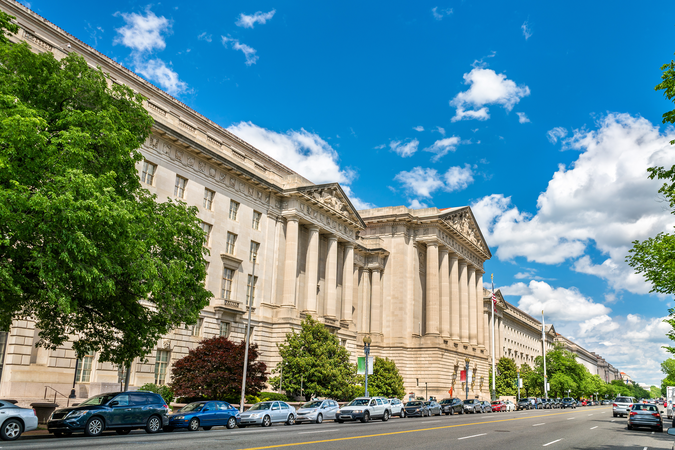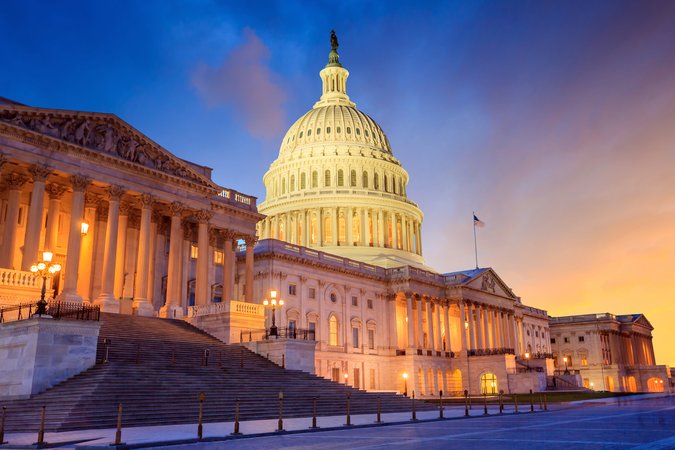Are “Killer Trees” Helpful for Understanding the Effects of the NOx Budget Program?
This paper examines how preexisting air quality affects the ability of air pollution policies to reduce ground-level ozone, which has variety of health impacts, especially on vulnerable populations.
Abstract
The benefits of an air pollution policy depend on impacts from the targeted pollutant itself but also on reactions with other pollutants in the atmosphere. The creation of new “secondary” pollutants may alter the effectiveness of a pollution reduction policy. We examine the NOx Budget Trading Program (NBP), a large emissions trading program that reduced emissions of nitrogen oxides (NOx), with the intended goal of reducing ground-level ozone, a secondary pollutant, formed through the interaction of NOx and volatile organic compounds (VOCs). The ability of the NBP to reduce ozone thus depends on the amount of pre-existing VOCs in the atmosphere. VOCs, however, have been historically unmonitored, making it difficult to predict the effectiveness of NOx reductions. We show that evergreen forest cover, as a major contributor to VOCs, can be used to determine how effective NOx reductions will be in reducing ozone. Areas with high evergreen forest cover saw the largest ozone reductions, whereas areas with low evergreen forest cover saw no reductions. Particulate matter, another secondary pollutant, shows much less of a response to the NBP and little correlation with forest cover.







